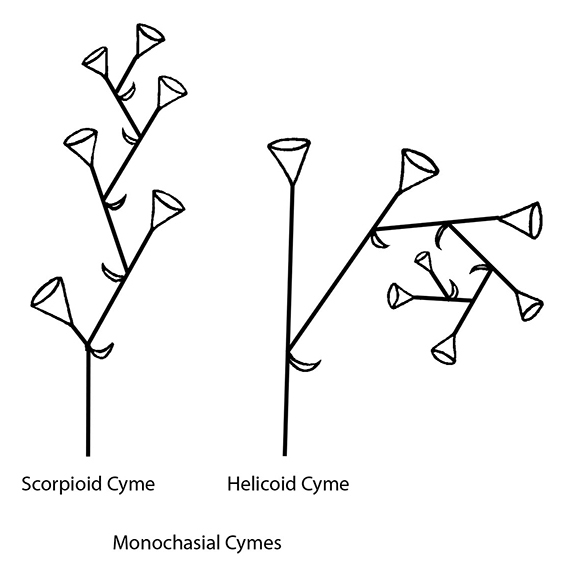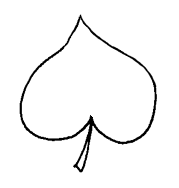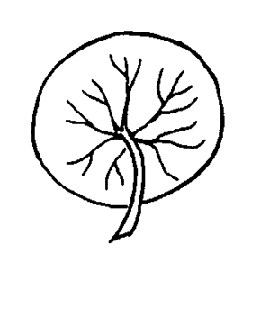Hydrocleys Rich.
water poppy
Alismataceae
Damasonium, Hydrocharis, Limnobium, Limnocharis, Nymphoides, Potamogeton
Central and South America
Hydrocleys martii Seub.
H. nymphoides (Humb. & Bonpl. ex Willd.) Buchenau
Hydrocleys nymphoides is found in Australia, New Zealand, North America, and several Asian countries.
Hydrocleys nymphoides is a significant weed in several countries.
creeping or floating stoloniferous plant with floating or emergentemergent:
(adj) (syn. emersed) with parts raised out of the water; extending up out of the water
 leaves
leaves
Perennial. Stem creeping, typically floating. Leaves floating or emergentemergent:
(adj) (syn. emersed) with parts raised out of the water; extending up out of the water
 , basalbasal:
, basalbasal:
(adj) at or pertaining to the base, or point of attachment
 or in clusters along stem; petioles with transverse septae; leaf bladeblade:
or in clusters along stem; petioles with transverse septae; leaf bladeblade:
(n) (syn. lamina) the flat, expanded part of a leaf, frond, or petal (excluding, e.g., the petiole)
 entireentire:
entireentire:
(adj) having a continuous margin that is not toothed or lobed
 , ovateovate:
, ovateovate:
(adj) egg-shaped in outline; generally with the broad end at or near the base
 to suborbicular, venationvenation:
to suborbicular, venationvenation:
(n) the arrangement of veins in a leaf
 palmate, midveinmidvein:
palmate, midveinmidvein:
(n) the primary, usually central vein of a leaf or leaflet
 distinctive; base cordatecordate:
distinctive; base cordatecordate:
(adj) heart-shaped; in the form of two rounded lobes
 . Seedlings with submersedsubmersed:
. Seedlings with submersedsubmersed:
see submerged
 , linear leaves. Flowers showy, axillaryaxillary:
, linear leaves. Flowers showy, axillaryaxillary:
(adj) in, of, or produced from an axil
 , solitary, pedicellatepedicellate:
, solitary, pedicellatepedicellate:
(adj) borne on a pedicel
 ; sepals 3; petals 3, white or yellow; stamens numerous. Fruit linear, with numerous seeds. Dispersal by seeds or stem fragments.
; sepals 3; petals 3, white or yellow; stamens numerous. Fruit linear, with numerous seeds. Dispersal by seeds or stem fragments.
still waters and swamps
Hydrocleys contains at least six species, although only two species are commonly cultivated worldwide for the pond plant trade.